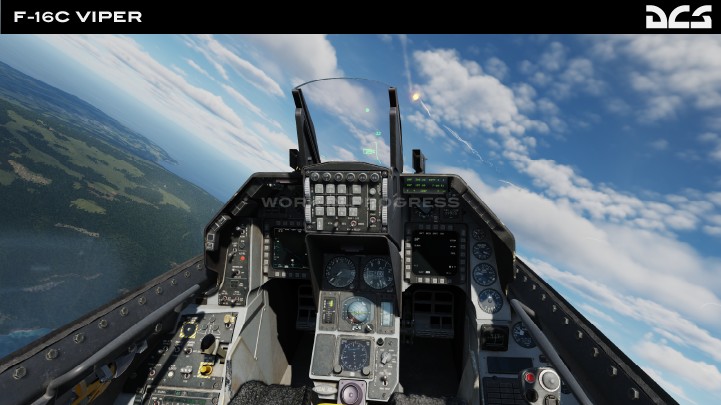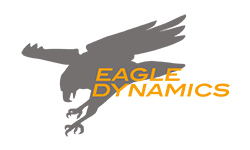AI BFM
Development Progress

Basic Flight Maneuvers noteworthy features
Based on performance characteristics, each aircraft type will favor either one-circle (nose to nose), two-circle (nose to tail) fights or a combination of the two. This will result in dramatically different tactics based on the type. Flying against a Viper will be very different from fighting a Hornet, for instance.
When performing a merge, the AI will aim to dictate turning room based on the opposing aircraft’s type, aspect angle, and energy state. Meaning, a one-circle fighter will try to minimize turning room whereas a two-circle fighter will try to create an offset to allow a lead turn across the tail.
Particularly in a two-circle fight, the AI is much better at maintaining optimal sustained turn rate and will adjust nose position below and above the horizon to maximize turn rate or convert energy into altitude with excess energy. The AI Skill Level setting will determine how much G the AI will generate. At Ace level, the AI is excellent at managing airspeed for optimal performance.
Based on how the fight develops, the AI may switch between one-circle and two-circle according to merge angle and relative airspeed. This provides a much more dynamic opponent.
Please note that World War II aircraft often use a different BFM toolbox, and we will develop a unique set of BFM improvements for these aircraft, in addition to multi-ship Air Combat Maneuvering (ACM) behavior for all aircraft later.
Thank you again for your passion and support,
Yours sincerely,
Eagle Dynamics
|

